Asynchronous work: 4 strategies to increase employee autonomy and productivity
Published on July 30, 2025
Asynchronous work: 4 strategies to increase employee autonomy and productivity
Even today, many organizations are still based on a model that favors synchronous work: organizing meetings regardless of the problem to be solved, multiplying spontaneous solicitations at the risk of impacting team concentration and productivity, etc. Yet Gartner has shown that employees who have the autonomy to better manage their working time are 2.3 times more efficient, and more likely to stay with their employer over the long term.
By creating a workspace that gives employees more autonomy and empowers them, asynchronous work enables you to boost employee engagement, whether they are telecommuting, hybrid or face-to-face. By empowering individuals to work at their own pace, and reducing the need for real-time collaboration, asynchronous work is a real lever for boosting not only your performance, but also your employee experience.
This guide presents four strategies for harnessing the full power of asynchronous work in your collaboration: reducing fragmented work, strengthening your team empowerment, encouraging intentional collaboration and improving your employees' well-being. Collaborative tools like Klaxoon can then help you implement these asynchronous practices, and build an innovative workspace tailored to the needs of your teams, wherever they may be.
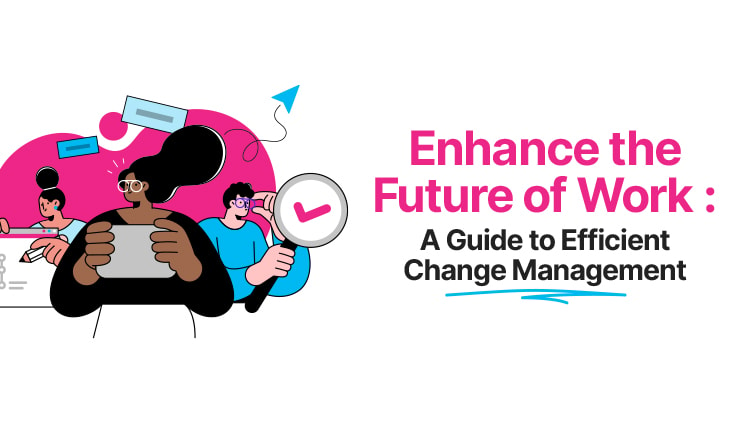

We have all worked asynchronously at least once without realizing it, whether by exchanging emails instead of holding meetings, or by taking dedicated time to concentrate on a task without interruption.
The idea behind asynchronous work is to gain greater control over our working time, and to be more productive as a result. Of course, not all professions and fields of activity are equally suited to asynchronous work. But when it is possible, Gartner has determined that employees who have the confidence of their superiors to manage their working time are 2.3 times more likely to be effective.


To master the implementation of asynchronous work in your company, you need to understand how it can help you boost the commitment of your teams. Because engagement is the key to autonomy and productivity, especially in a context where hybrid work is increasingly becoming the norm. Not to mention the fact that more engaged, autonomous and productive teams also help to create a positive work environment, which generates lasting results.
In this guide, you'll discover 4 organizational strategies for harnessing the full potential of asynchronous work, and maximizing your teams' performance and engagement. We'll also look at the pitfalls to avoid, and the need to rethink your collaboration practices and corporate culture.
Asynchronous work is a way of collaborating where not everyone needs to be simultaneously available to make progress on a common project. Unlike synchronous work, where activities take place in real time, asynchronous work enables individuals to optimize their working time to be as efficient as possible.
This approach is based on three essential pillars:
For this reason, asynchronous work is useful in whatever way teams work, and promotes better management of their time and tasks.
However, asynchronous work is not intended to replace synchronous work in all situations. It is up to teams and their managers to learn how to combine the two approaches in their work, to meet the specific needs of their projects.
Despite its many advantages, asynchronous work also presents several pitfalls to be avoided if poorly deployed:
So, to successfully circumvent these pitfalls and boost your productivity with asynchronous work, you not only need a rigorous and transparent organization, but you also need to keep your teams engaged, whenever and wherever they are.
To be truly productive on a daily basis, your employees need to be engaged. Productivity goes beyond effectiveness (making things work), it is about efficiency (making things work even better). On average, we spend 1/3 of our lives at work - around 90,000 hours. So it is essential that this time is well spent.
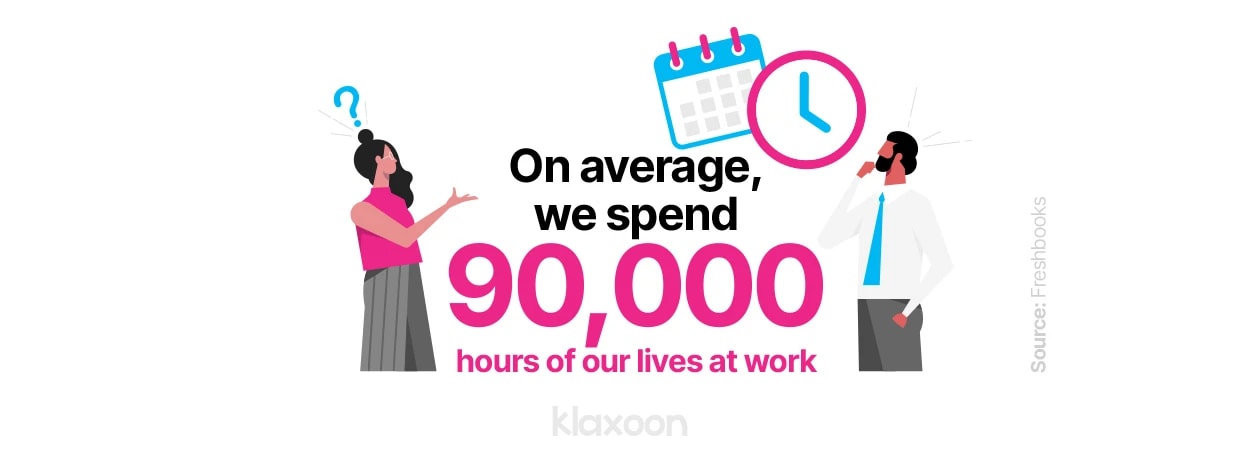

Not to mention a notable dissonance between what employees and employers perceive as the main drivers of motivation at work (University of Oxford's Wellbeing Research Centre):
To encourage your teams' engagement, it is therefore important to give them more responsibility and autonomy in their work. In fact, the Harvard Business Review (HBR) shows that employees now seek this autonomy more than flexibility. While in an asynchronous work environment, the two factors combine, it is autonomy that gives your employees the means to collaborate at their own pace in an engaged way.
Finally, according to Gartner, more autonomous workers see their work-related fatigue reduced by almost 2 times, enabling them to maintain higher performance over the long term. These same employees are also 2.3 times more likely to stay with their organization, ensuring better talent retention.
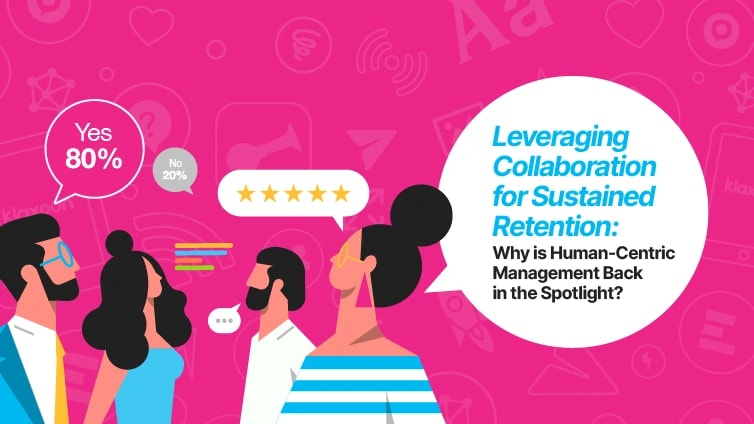

Asynchronous work reduces fragmented work. But what does this mean?
An HBR study relayed by Forbes shows that at work, we are interrupted on average every 6 to 12 minutes. Then, according to research conducted by the University of California (Irvine), it takes us around 23 minutes to fully concentrate on a subject again.
This is what is known as fragmented work, and involves working with constant interruptions. Furthermore, the above figures imply that we are often never able to regain full concentration before the next interruption. This phenomenon is called attention residual.
With the power of asynchronous work, you can create a workspace to help your teams reduce interruptions, and maintain their focus:
There are solutions designed to help you build such a workspace, and deploy asynchronous work in the best possible conditions. For example, all-in-one collaborative platforms enable you to exchange information continuously at your own pace, at any time and from anywhere. This is the case with Klaxoon, which combines complementary tools adapted to all collaboration needs:
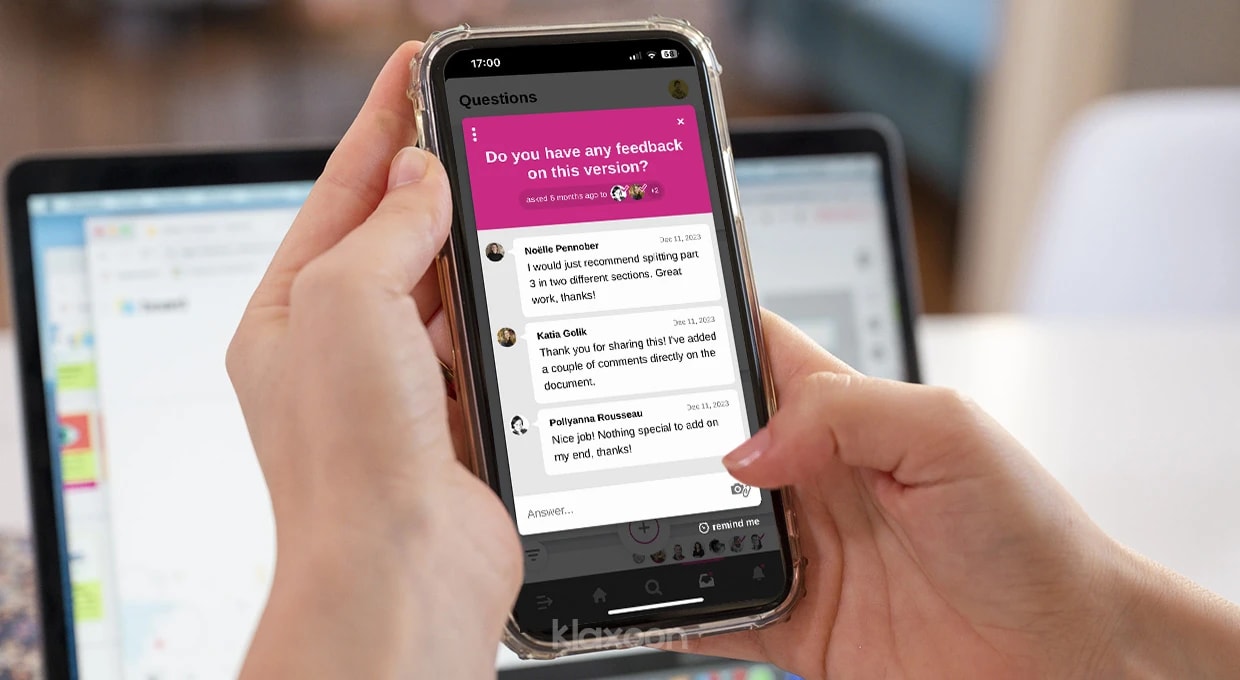

With Question, you can target your discussions and keep them on track, while letting participants respond asynchronously.
You can also use these tools with your team to better qualify your solicitations. For example, you can define a dedicated communication channel by priority level: a message in the chat if the response is expected quickly, or a Klaxoon Question if the person can respond asynchronously.
As we all know, management plays a crucial role in boosting team performance and achieving organizational objectives. However, managing is becoming increasingly difficult: since 2022, managers have seen their responsibilities increase by 51%, and 49% of them say that these responsibilities are now more complex. One of the reasons for this is that they often have to manage teams that may be telecommuting, face-to-face or hybrid at the same time.
We need to help managers simplify their work and reduce their mental workload, by creating the right conditions to empower their teams. This is what team empowerment is all about.
As a result, managers spend less time supervising tasks, have more confidence in their staff, and themselves gain in productivity. The aim is to support them in transforming their managerial practices, and gear them more towards developing skills and coaching their teams.
In terms of structure, team empowerment means above all setting up a work environment that reduces the cognitive load at all hierarchical levels. Asynchronous work is an effective lever to help you create a flexible work environment that empowers your teams, while facilitating training, feedback and mentoring.
For example, there are many collaborative working methods based on co-development, which you can use to empower your teams wherever they are, and recognize their progress and success. Here are just a few examples:
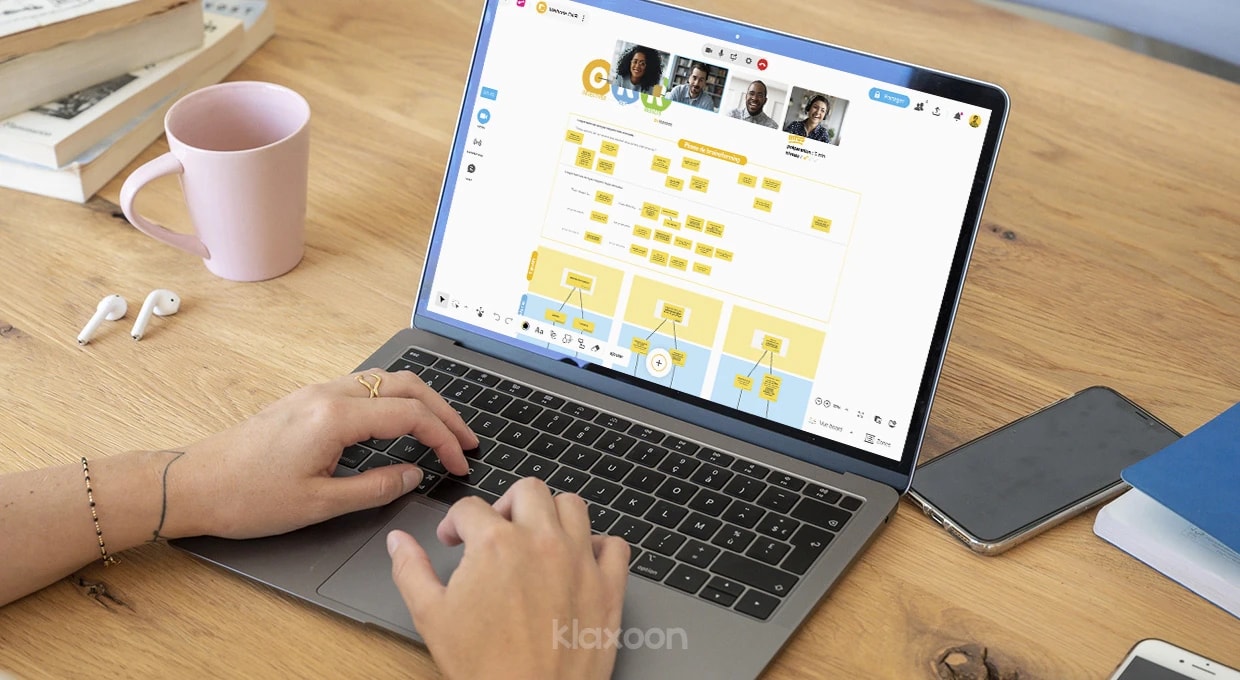

The OKR method enables you to visually present all your objectives and key results, and track the progress of your actions.
Intentional collaboration is an approach to teamwork in which interactions and collaborative efforts are planned and consolidated in advance. Unlike ad hoc collaboration, which happens spontaneously and often in a disorganized way, intentional collaboration means not only that you arrive at the meeting already prepared, but also that you have given the other participants the means to arrive prepared.
When collaboration takes place in this way, stakeholders have more autonomy to organize their moments of exchange at their own pace, and find the right resources to share with the rest of the team. This allows them to be more confident, to stop wasting time contextualizing their exchanges, and thus to move forward much more quickly.
Until now, organizations have relied heavily on synchronous moments in their work, to the point of making them a default model. For example, according to Gartner, only 17% of organizations today have meeting-free days. This reliance on synchrony is a legacy of a time when asynchronous tools did not yet exist.
Intentional collaboration is an effective way to stop depending on synchronous meetings, and make conscious decisions to better structure your working practices:
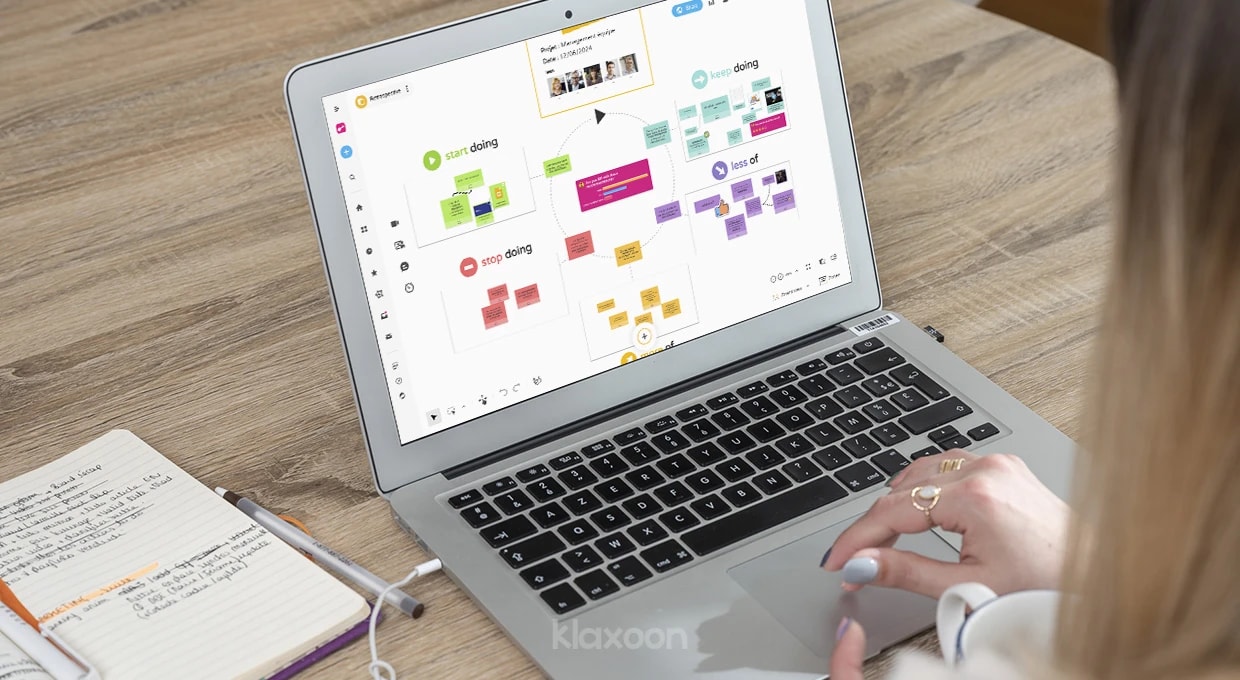

By communicating clear guidelines for working together asynchronously, managers can make their teams more efficient and autonomous.
Beyond the dependency on synchronous work, we are evolving in an overwork culture, where extra work remains valued. HBR notes that since 2019, the amount of work carried out by employees in the evenings or at weekends has increased by 200%. Not to mention the presenteeism that remains ingrained in the culture of many companies, especially when it comes to synchronous collaboration. All this has a negative impact on the day-to-day well-being of teams.
Nevertheless, well-being at work remains the second most important factor for employees worldwide. McKinsey estimates that improving employee well-being could create between $3.7 and $11.7 trillion in economic value. For organizations, this represents a considerable loss of earnings.
Asynchronous work, by offering greater autonomy and reducing the stress associated with organizing synchronous exchanges, makes it possible to improve the well-being of your employees by taking into account each individual's rhythm, and promoting a better work-life balance.
By combining this with powerful collaborative tools like Klaxoon, you can unleash the full potential of the collective, and increase your employee experience tenfold wherever you are:
Unlock your teamwork potential